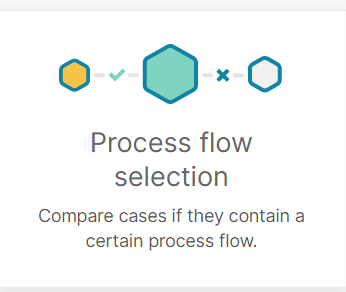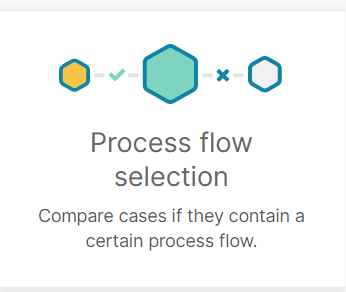Hi,
i'd like to count how often cases circle in "waiting" activities. Specificly: How often do cases go from a node like %WAITING% directly to a node like %WAITING% - excluding the source node as target node.
- Problem: My solution SUM(MATCH_PROCESS(...)) doesn't count multiple waiting loops occurring within the same process but only processes with a waiting loop.
- Problem: I have no idea how to exclude the source node from the target nodes as both work with the same wildcard.
I'm curious for any suggestions for a solution :)







